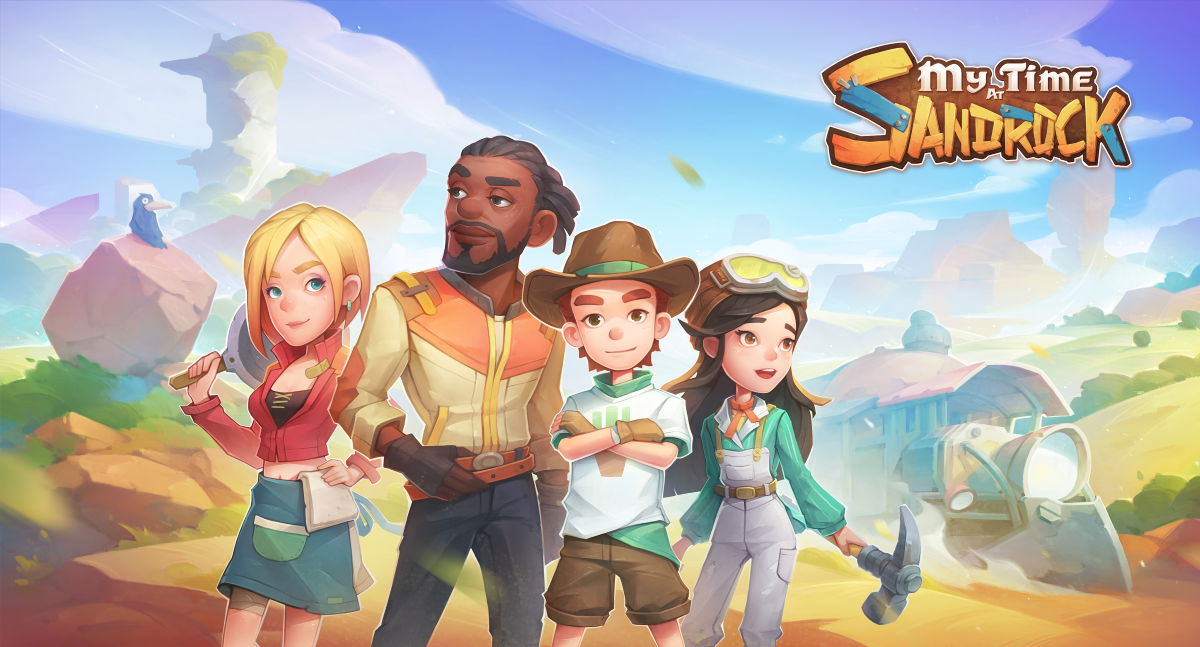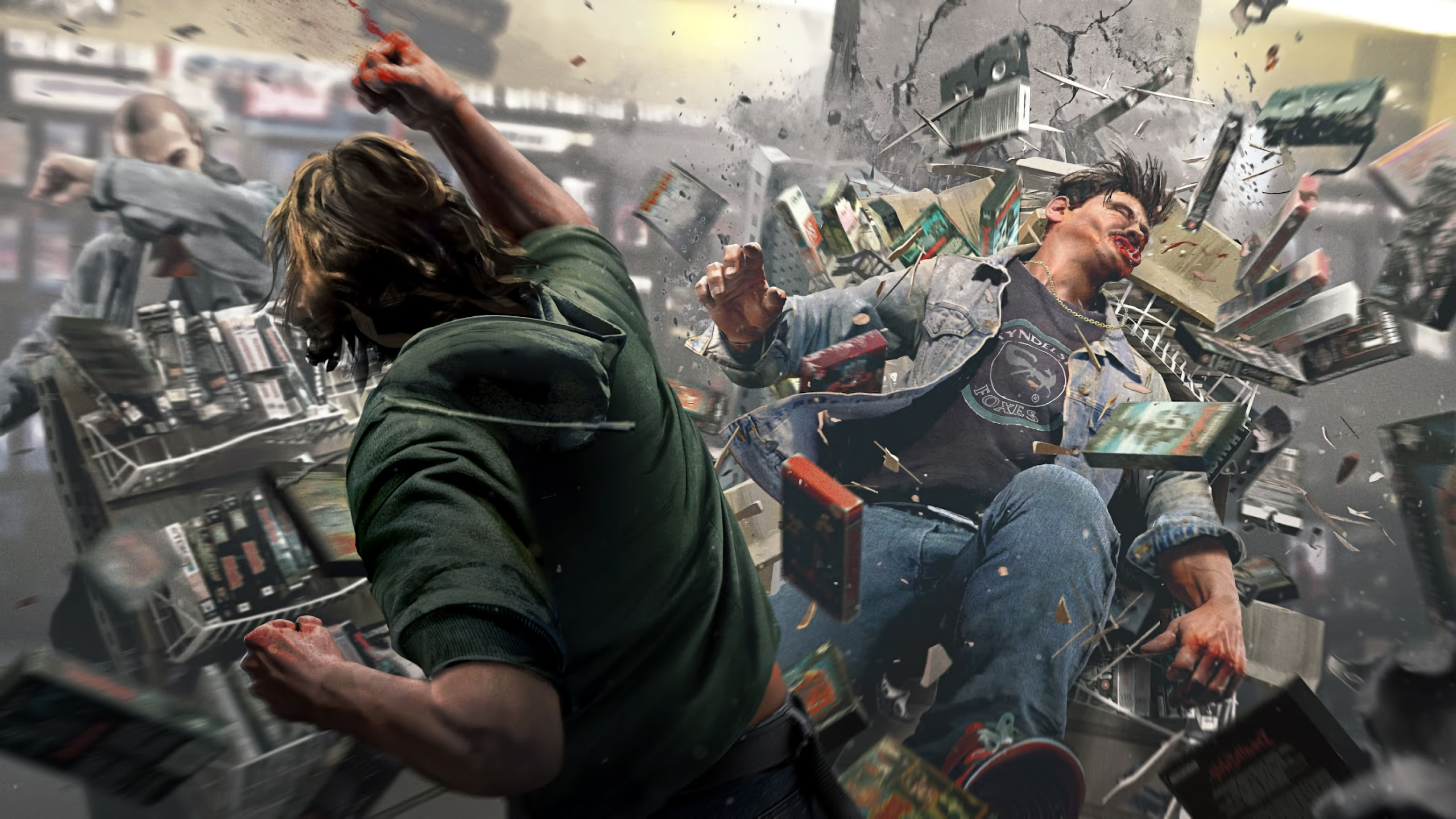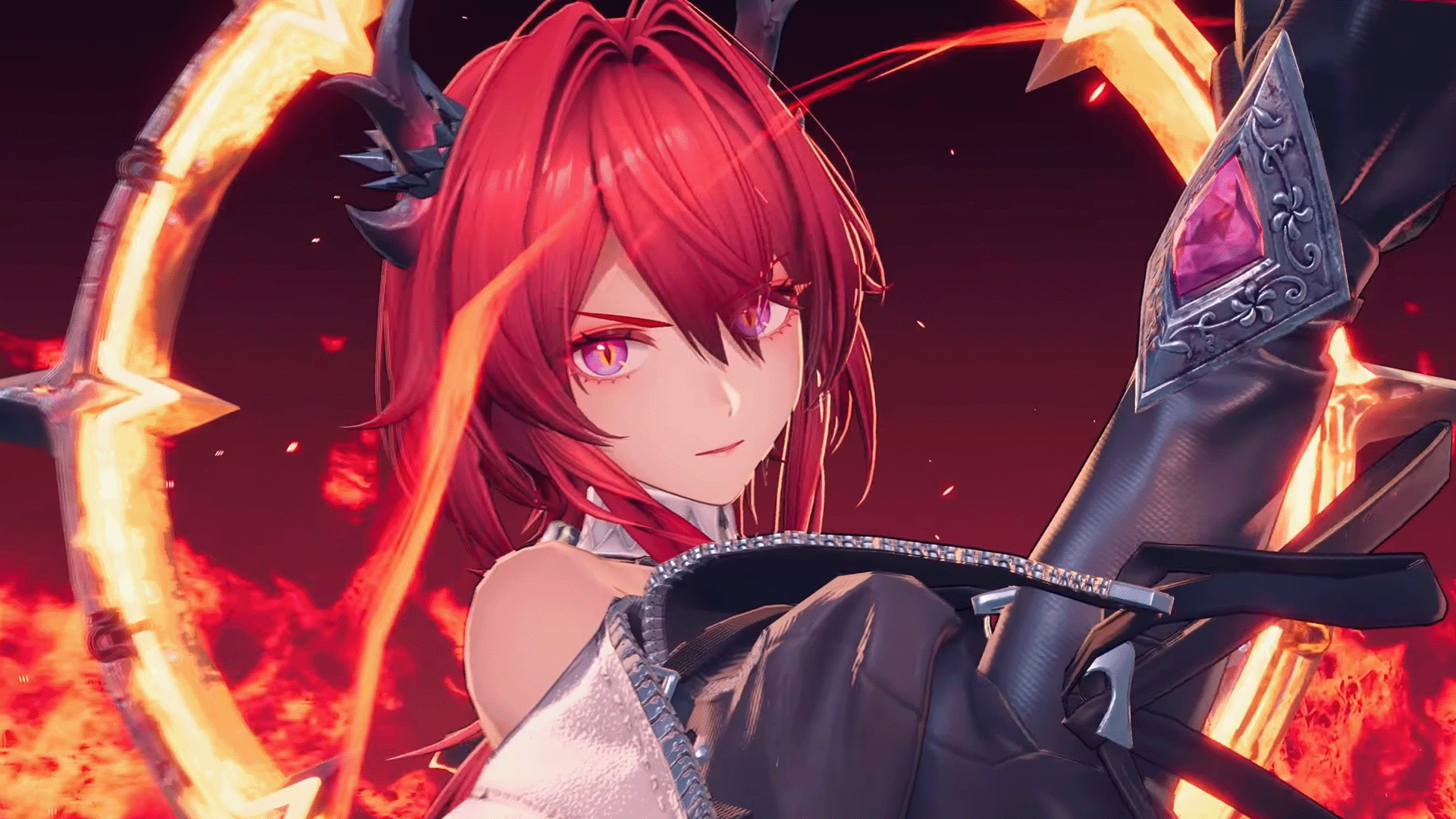Those who have played and enjoyed My Time at Portia will likely lament that there are some unpolished parts of the game. Pathea, the studio that makes the My Time franchise, had a smashing success with Portia, but some of the gameplay left people wanting more.
Instead of adding DLC or regular content updates for My Time at Portia, developers endeavored to make a sequel that included everything they wished they could have done for the first title in the franchise. My Time at Sandrock started as a downloadable addition to Portia, but once developers got deeper into production, it was clear there was more to their vision than a DLC could encompass.
My Time at Sandrock puts a hammer in the players’ hands as they take on the role of the town builder. The villagers of Sandrock are having a difficult time with some mischievous outlaws, and players, along with the Civil Corps, will have to get to the bottom of the issue and help the town rebuild into the utopia it once was. Players will need to gather materials, upgrade their machines, and most importantly, build structures and machines to support the town.
Pathea describes Sandrock as “more polished” than Portia. “The main difference is Sandrock is what we always wanted Portia to be,” the developers said about the difference between the two games. Indeed, Portia left a lot to be desired in many areas in the game, especially when it comes to mining.
There are plenty of elements in Sandrock that build on Portia‘s foundation. Most notably, and probably the most requested feature that Sandrock will have when it fully releases, is multiplayer. There will also be more machines, a new story, changing seasons that affect the player’s environment, more customization options, and a bigger map. These are just some of the things that make Sandrock feel like a more complete game, but it still keeps the spirit of Portia alive with its basic features such as inventory management and the types of areas in the game.
My Time at Sandrock will have multiplayer
One of the biggest aspects of the game that players have been asking for is multiplayer. This feature is still in development, and certain Kickstarter backers already have access to multiplayer, but many players will have to wait until the public beta week to even try it out.
The wait sounds like it will be well worth it since multiplayer follows a slightly different story from the single-player mode. Sandrock and Portia‘s timelines are parallel, while the multiplayer storyline occurs just before them.
There is little information about how exactly multiplayer will function within the game, but it is a feature Portia players have asked for since the beginning, and they are finally getting it with Sandrock.
My Time at Sandrock‘s ruins create a fun challenge
Players of My Time at Portia will remember just how simple ruin-diving was in that game. The mechanics for it are similar in Sandrock, but it feels much more like an abandoned ruin in every aspect now.
There are three types of ruins in My Time at Sandrock. Two of them, the Hazardous Ruins and the Abandoned Ruins, are similar to ones from Portia. One additional ruin has been added to Sandrock and will have both enemies and spots to mine for resources.
In the first few hours of the game, players who progress through the story will unlock the Abandoned Ruins. Instead of the area being a large cave that players have to dig through to find rare valuables, however, it now has an abandoned ruin aesthetic, with some posters and disheveled lit-up screens which give players a lot more to look at while exploring.

The basic mechanics of these ruins are the same. There are still certain mineable resources from certain spots that are marked by different colors and textures, but it is much more of a puzzle to find the lower parts of the mine. Players will need to use the scanner to find doors that will lead to new areas, and sometimes they’ll need to dig to find hidden doors to go lower into the mines as well.
Besides stamina being the biggest limitation to spending a great amount of time in the ruins, they feel more interesting and more challenging to explore. Players will have to work for progression in these ruins.
My Time at Sandrock keeps Portia‘s spirit alive and adds to it
The best part about My Time at Sandrock is those who played Portia will feel the spirit of it in the sequel. Players will still have a yard full of machines, and they’ll still feel like they’re constantly waiting on things to finish, but there is so much to do in the meantime that it rarely ever feels redundant.
The game doesn’t hand anything to players easily, either. It is a challenge the whole way through the game. Certain resources can only be gathered in certain spots, bought from certain shops, or crafted from certain machines. This means players accumulate a lot of different items quickly.
Many games that have a wide selection of items like Sandrock does tend to poorly handle resource management. Portia had a good system already, and Sandrock is no different. Any resource in a player’s storage on the farm can be used for any of the machines on it as well. This means players don’t have to spend a bunch of time searching through their many boxes of stuff to find what they’re looking for to bring it to a machine or assembly station and make it. It pulls from the storage boxes automatically, and from the inventory.

Players can also sort their inventory into the storage boxes with the push of a button. As long as the resource is already in the storage box, identical items will stack together when players hit the “sort all” buttons. The only time a player might want to keep something on their person is if they need to take it to another villager.
This mechanic alone makes Sandrock an absolute joy to play over other games of a similar type. That, paired with the backpack inventory that can be expanded by Gols anytime, anywhere, makes inventory management a breeze in a game like Sandrock—which has hundreds of items in it, all with some kind of use.
The story is richer and the social system is rigorous
Whereas Portia had a slightly fleshed-out storyline to it, Sandrock has a solid storyline that is far more expansive than Portia’s was. Not only is the main storyline more robust, but the storylines of the villagers also got a boost.
Getting the villagers on your side, however, will be quite the feat. Even giving gifts every day and talking to other villagers will take a long time, so fostering a budding romance will be quite difficult and require a lot of consistency in how players spend their day.
While players wait for their machines to do their jobs, there is a plethora of things for them to fill the time. All of the possibilities make it seem like a day is short in Sandrock. Machines feel like they take forever, but going into the Abandoned Ruins makes time fly by.
The sheer amount of objectives in the game will ultimately have the player falling behind in at least one of the aspects of the game. Some players might prioritize relationships with villagers, but they will have trouble in the Hazardous Ruins because they haven’t been doing much fighting. Others may concentrate on keeping their machines running all the time and let relationships grow slowly.

My Time at Sandrock caters to the interests of a wide variety of fans because of the many options players have as the game progresses. Sometimes, sequels fall into the shadows of their predecessors, but Sandrock is one of those rare games that got better.
Building on what they already had in Portia gave developers the building blocks they needed to realize the game’s full potential, and because the story connects so fluidly to Portia, it opens up the floodgates for the other areas of the Alliance of Free Cities. After finishing Sandrock, players will likely wish for Pathea to expand into the other cities Sandrock is connected to, such as Atara and Highwind.
With luck, players can look forward to more iterations of the My Time franchise. Who knows, perhaps in a few years we will be playing My Time at Atara or My Time at Highwind. Because the first two games were so loved by their players, fans can hope this gives Pathea a clear path forward to keep expanding on the franchise.












Published: May 22, 2022 04:32 pm